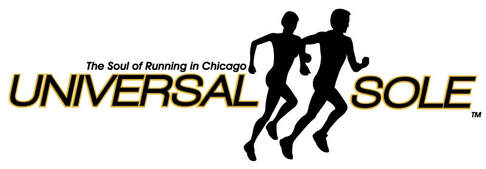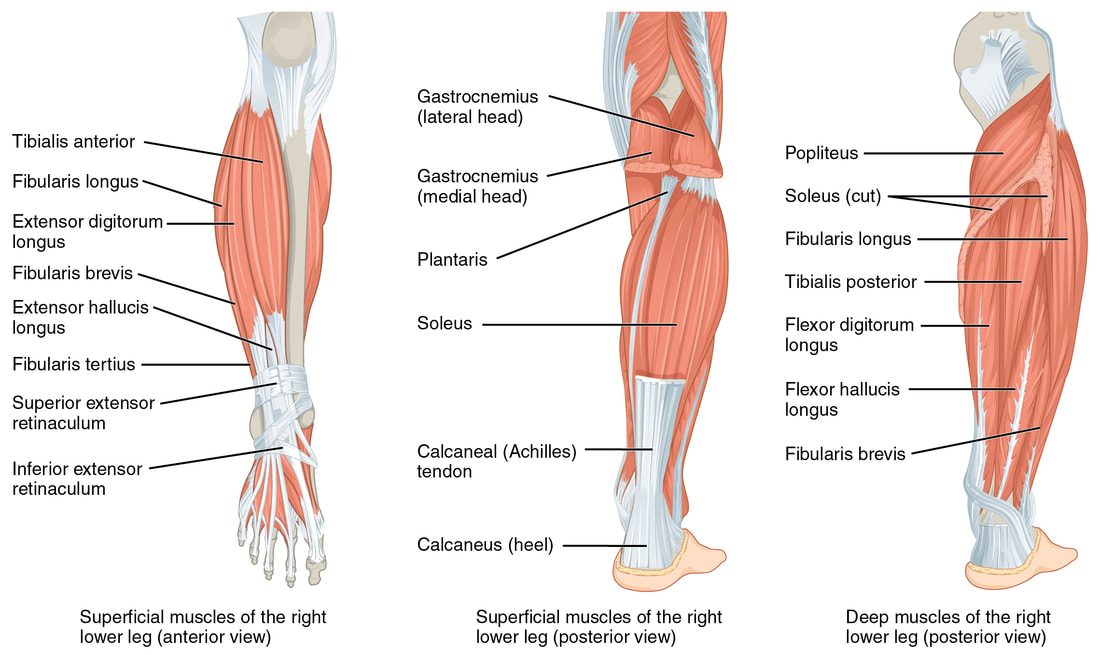Massage Therapy: Effective in Alleviating Muscle Spasms & Cramps - Blog Post by The Fit Institute5/4/2018 Any runner at one point or another has had a varying degree of a muscle spasm or a cramp. Spasms are painful and uncontrollable in the moment. Sometimes they can take your breath away. Soft tissue manual therapy is an effective technique to relieve spasms and the soreness caused from them.
Spasms Defined A spasm is an involuntary contraction of a muscle. There are two type of spasms. Clonic and tonic spasms. Clonic spasms are marked by alternating cycles of relaxation and contraction and tonic spasms are sustained periods of contraction. Cramps are strong, painful usually short lived spasms. Causes of Spasms There are many reasons people experience muscle spasms; the four most common causes are nutritional deficiencies, ischemia, exercise-associated muscle cramping and splinting. In order to avoid spasms or alleviate them it is important to know exactly what is causing the spasm. Once known, address the causes prior to and after running. Nutritional deficiencies – such as magnesium and calcium can cause people to become prone to cramping, especially in the feet. For common nutritional deficiencies in runners and how to fix them click here. Ischemia – occurs when a muscle is suddenly or gradually deprived of oxygen and can be caused by anything that constricts blood flow. Let’s use a gastrocnemius or calf muscle spasm. A tight gastrocnemius muscle can constrict blood flow to the lower leg causing lower leg muscles to work harder and use more of an anaerobic (no oxygen) environment. An anaerobic environment causes by products and lactic acid fragments to accumulate in gastrocnemius and possibly surrounding muscles. As a reaction, the gastrocnemius becomes even tighter, more overworked, and painful. Because gastrocnemius is not functioning at 100% spasms can occur. Until some sort of intervention is introduced, the spasm/pain cycle continues . Massage in ischemic conditions is extremely effective because massage can release the tight muscles that cause the constriction and restore proper flow of oxygen and nutrients to the muscle. Exercise-Associated Muscle Cramping – occurs towards the end of a strenuous workout. Dehydration, heat, and electrolyte imbalances can all be a cause for this. Exercise-Associated cramps can be alleviated or even prevented with proper hydration, warm up and cool down after vigorous workouts. Splinting – occurs as a protective mechanism after injury to a specific area. Pain is a safe guard so further injury won’t occur. Massage in this situation is not recommended. Once the splinting has resolved, massage is very effective at relieving tight muscles and increasing the circulation of blood and oxygen to the area of injury. Why is Massage so Effective While a runner is in an active spasm, massage may damage the muscle. Instead, a technique called reciprocal inhibition is used. Using our example from above, if a runner is having a gastrocnemius (gastroc) spasm, the therapist will compress the gastroc while activating the antagonist muscle, in this case tibialis anterior. By activating the antagonist muscle, the therapist shuts off gastroc which, will help relax the spasm. A light stretch on gastrocnemius might be introduced as the spasm is subsiding. Once the spasm has been alleviated, a massage technique is used to flush out the area of cramping. Massage is also recommended a few days after a spasm to help keep muscles loose and increase blood flow to the area. If you experience chronic spasms or cramping let the experts at The FIT Institute help you today. Massage is an excellent tool to use while training for any type of activity. Salvo, Susan G, (2017). Mosby’s Pathology for Massage Therapists (4th ed.). Elsevier Health Sciences. By: Erin B., LMT The FIT Institute is a physical therapy and sports performance facility in North Center. We increase the of an athlete’s career by teaching proper movement patterns that often lead to overuse injuries, we do this by bridging the gap between physical therapy and sports performance. |
AuthorUNIVERSAL SOLE - a grass roots running events company (which had roots of close to 20 years as a running specialty retailer) offering information on running shoes, gear, accessories & overall fitness trends. Archives
June 2018
Categories |



 RSS Feed
RSS Feed